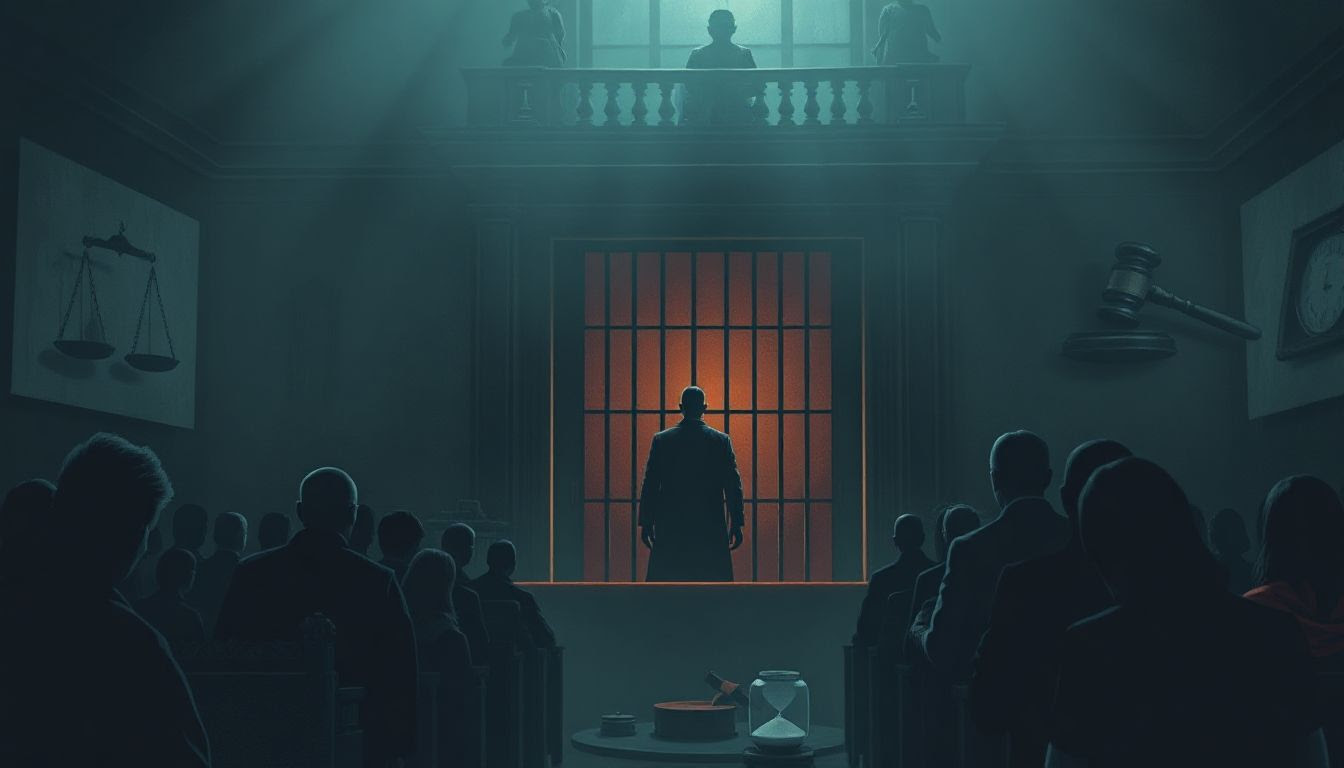Introduction
The death penalty remains one of the most debated topics in criminal justice around the world. Some view it as a means to punish the most heinous crimes, while others consider it immoral or ineffective. However, there’s a lot of misinformation circulating, making it difficult to distinguish what is true from what is merely hearsay. It’s crucial to dispel the myths about the death penalty as it is key to having an honest conversation about whether the death penalty should stay or go. By understanding the facts surrounding the death penalty, we not only make more informed decisions and create fairer laws but also empower ourselves with the correct information, ensuring we are well-equipped to engage in this critical debate.
Myth 1: The Death Penalty Effectively Deters Crime
Many supporters say the death penalty stops future crimes. They argue that knowing there’s a harsh punishment keeps potential offenders from breaking the law. But does it work like that? A notable study conducted in 2009 by criminology researchers at the University of Dallas critically examines the methodological shortcomings found in econometrics-based analyses that purport to demonstrate a link between the death penalty and a decrease in violent crime rates. The findings of this research challenge the prevailing notion that capital punishment serves as a deterrent to homicide, revealing that the implementation of executions does not contribute to enhanced public safety. Instead, the evidence suggests that the death penalty fails to address the root causes of violence and does not effectively prevent individuals from committing murder. This raises significant questions about the efficacy of capital punishment as a crime control measure, urging society to reconsider its reliance on such punitive practices in the pursuit of a safer environment.
States or countries with or without the death penalty often see similar crime trends. Experts, such as criminologists, say it’s not a proven crime deterrent. For example, crime rates in Texas—home to many executions—are similar to those in California, which doesn’t use the death penalty.

Myth 2: Innocent People Are Frequently Sentenced to Death
A common fear is that innocent people accidentally get put on death row. While wrongful convictions do occur, the safeguards in place—such as DNA testing and legal appeals—are designed to prevent such mistakes. However, wrongful convictions do occur, often due to flawed forensics or mistaken witness identification. The Innocence Project, a non-profit legal organization that works to exonerate individuals who have been wrongly convicted of crimes, has exonerated dozens of death row inmates, showing how false evidence can lead to wrongful sentences. These cases remind us that the system isn’t perfect, but also give us hope that continuous reform can minimize mistakes.
Myth 3: The Death Penalty Is More Cost-Effective Than Life Imprisonment
Many believe killing a criminal is cheaper than keeping them alive in prison. In reality, death penalty cases cost more money. They require longer trials, special legal procedures, and expensive appeals. States like California and Texas have shown that death penalty cases cost millions more than life without parole. This occurs due to legal battles, increased security, and a lengthy appeals process. Economists agree that the high costs could be better utilized in prevention programs or to support victims’ families.
Myth 4: The Death Penalty Is Morally Justifiable and Ethical
Some say the death penalty is fair because it punishes the worst crimes. Others argue it’s moral because it acts as justice for victims. But many human rights groups believe it’s unethical to take a life, even if the person committed a terrible crime. The ongoing ethical debates around the death penalty engage us in thoughtful discussions about what it means to respect human dignity. Countries like Canada and most European nations have abolished the death penalty, citing human rights concerns. They see it as a violation of what it means to respect human dignity. Many agree that the death penalty raises serious moral questions about revenge and mercy.
Myth 5: The Death Penalty Is a Racially Biased Practice
Research shows that race heavily influences who gets sentenced to death. For instance, the case of George Junius Stinney Jr. highlights the disparity in sentencing based on race. Minority groups, especially African Americans, are more likely to face the death penalty than white victims or defendants. For example, studies reveal that defendants who kill white victims are more likely to be sentenced to death. Some cases highlight the apparent racial bias, like the story of Troy Davis, who was executed despite evidence of innocence and race-based disparities. Legal scholars and civil rights groups warn that racial bias taints many death penalty decisions, making it unfair and unequal.
Myth 6: The Death Penalty Provides Closure for Victims’ Families
Many believe that executing murderers helps victims’ families find peace. But research tells a different story. For some families, the process of execution can bring more pain, frustration, or anger. It may even prolong their grief. Personal stories show some victims’ families support abolition, arguing that revenge doesn’t heal. Psychologists say closure isn’t guaranteed by taking a life; true comfort often comes from healing, community support, and justice. Understanding and providing this support is crucial, as the idea that death solves grief doesn’t match what many families report.
Critical Analysis and Emerging Trends
These myths continue to shape public opinion and laws. But facts are increasingly challenging old beliefs. Many advocates push for abolition, citing wrongful convictions and high costs. Others explore the option of starting over with life imprisonment without parole. This sentencing option ensures an individual remains incarcerated for the entirety of their life, with no possibility of release, which is cheaper and doesn’t risk executing innocent people. The debate advances, fueled by new evidence and a growing desire for a more humane justice system. As part of this society, your voice and actions matter. Your support for reforms that are fair and evidence-based can help shape the future of the death penalty.
Conclusion
We’ve examined some of the most significant myths surrounding the death penalty. Many ideas people hold are based on misconceptions rather than facts. Evidence shows it doesn’t prevent crime, can wrongly punish the innocent, costs more than life in prison, and raises serious ethical questions. Racial bias and emotional claims about closure only add to the controversy. Knowing these truths, it’s time for us to have honest conversations about justice. As members of this society, we must base our decisions on facts, not myths. The future of the death penalty depends on how well we understand its actual effects and limitations. Let’s stay informed and support reforms that are fair and evidence-based. Our collective voice matters in this debate.




